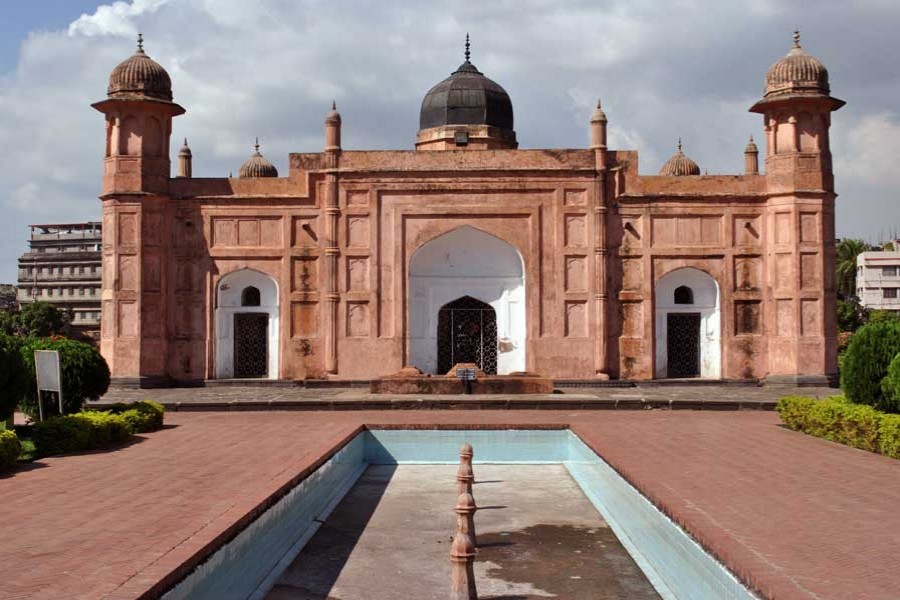It's natural that many fast-growing and modernistic cities normally do not show much interest in preserving their centuries-old heritage structures. The phenomenon normally proves true with ancient cities joining the race to have a smarter look. In spite of their great value as urban sites of historic installations, they mostly remain indifferent towards the demolition spree targeting edifices of archaeological importance. Exceptions are seen, when the buildings and structures are taken into the custody of governments in many countries. They include Greece, Italy, Egypt or India. The irony is few governments of even highly developed countries show much interest in taking the responsibility of these archaeologically critical buildings.
Against this backdrop, few can expect the Dhaka residents to preserve their old installations. The city has recently observed the 400th anniversary of its founding. Due to its going through the era of Sultanate, Mughal and British rules, the largest commercial and administrative centre in the eastern Bengal has witnessed the construction of myriad types of buildings. Most of them lasted for a little more than one century. It is their weak base and time's agents of decay which are mainly blamed for their brief survival. But a lot of others withstood the decaying processes inherent in particular centuries, and remained tall. Although many of Dhaka's majesticstructures had been made to disappear, a handful of them still stood with their innate dignity in the 21st century. They had proved that they were impervious to the onslaughts of decay --- some prompted by the normal aging process, and some by the destructive trends latent in a section of people.
To call the recent demolition of a magnificent late 19th century edifice in the older part of Dhaka by some people a mindless act is understatement. Conservationists might feel like calling the act purported by some influential local people atrocious. The elements apparently had no qualms about the fact that the site embodied a glorious part of early Dhaka. It was once owned by the noted Dhaka resident Nicholas Pogose. Originally from Armenia, he later earned fame for his founding Dhaka's first private school in 1848. The institution, currently known as Pogose Laboratory School, produced a number of students who later became illustrious personalities in their respective fields. The 200-year-old building belonging to the Armenian Nicholas Pogose bore testimony to a significant part of the Armenian history in the 19th century. The Armenian settlements in Dhaka date back to 17th-18th century. That part of history depicts the long saga of Armenian persecution by the Ottoman Empire after WW-I, and their fanning out throughout the world.
A significant number of the Armenian populations ended up being settlers in the sub-continent including Bengal --- Dhaka being a safe shelter. The persecuted Armenians who began a new life in Dhaka comprised traders, the clergy, the elite, artists and intellectuals.
The 18th century grand Armenian Church in Dhaka's Armanitola, and a few other structures eloquently speak of the city's rich past of playing host to both conquerors and oppressed peoples from different cultures. The oldest of the structures, perhaps, is the BinatBibi Mosque in the Narinda area. It was built in the Sultanate era in 1454. The post-World War-1 Dhaka witnessed the massive migration of the Armenians, the largest in Dhaka's history till then. Dhaka was once replete with numerous Mughal-era and European relics. Through the passage of time, most of these monumental structures fell into ruin. Thanks to the successive governments' continued focus on the Mughal-era Lalbagh fort, the historic site still stands out among the neglected archaeological sites. Nations supposedly aware of their history cannot sidestep their past.


